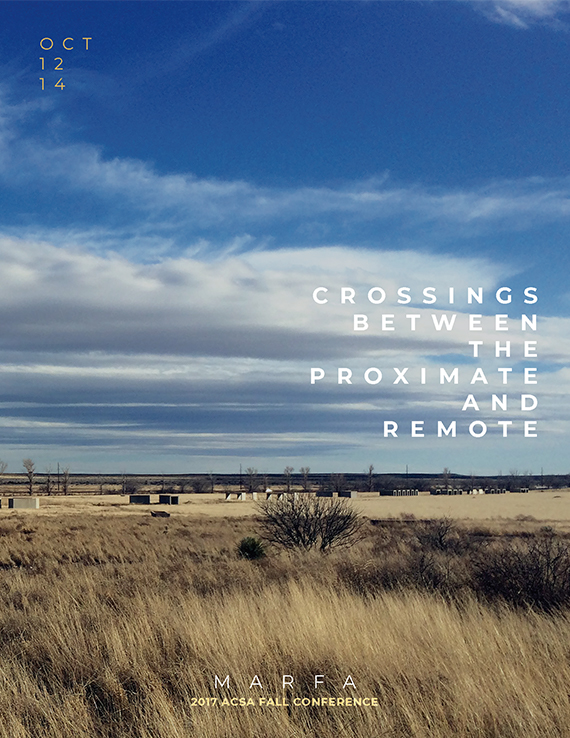Author(s): Shannon Starkey
In 1970, between a fateful trip to the Strip andtheir discourse-defining book, Venturi and ScottBrown found themselves deep in the Mojave Desertnorth of Los Angeles. In the empty expanse, theyconfronted the design implications of their theoreticalsuppositions. While Venturi and Scott Brownappropriated commercial sales tactics, producingdesigns for a development corporation that werehighlighted as imminent development to sparkrenewed investment, the distinction between clientand architect, cultural production and capitalistenterprise, blurred. Venturi and Scott Brown weregiven relatively free-reign to investigate their postmodernideas, however, they were absorbed intothe corporate structure, becoming heads of a newDepartment of Design and Planning. The increasinglycozy relationship with the corporation also resultedin the sponsoring of an installation of Venturi andScott Brown’s oeuvre in the lobby of the local HolidayInn. The exhibition served to introduce the firm andtheir previous design work while advertising the proposedprojects to attract investment. Due to laggingsales, however, the company severed ties with thefirm in 1971, but not before sponsoring an expandedexhibition of the firm’s work at the Whitney Museumof American Art. But while this moment reveals aninterdependent relationship between Venturi andScott Brown and capitalist enterprise through theshared operation of speculation both architecturaland financial, it also shows the disciplinary crossingsthat occurred as a result. The desert locationserved as the remote site for, among other things,the production of an exhibition installed back in theheart of New York City.
Volume Editors
Urs Peter Flueckiger & Victoria McReynolds
ISBN
978-1-944214-16-6

 Study Architecture
Study Architecture  ProPEL
ProPEL 
